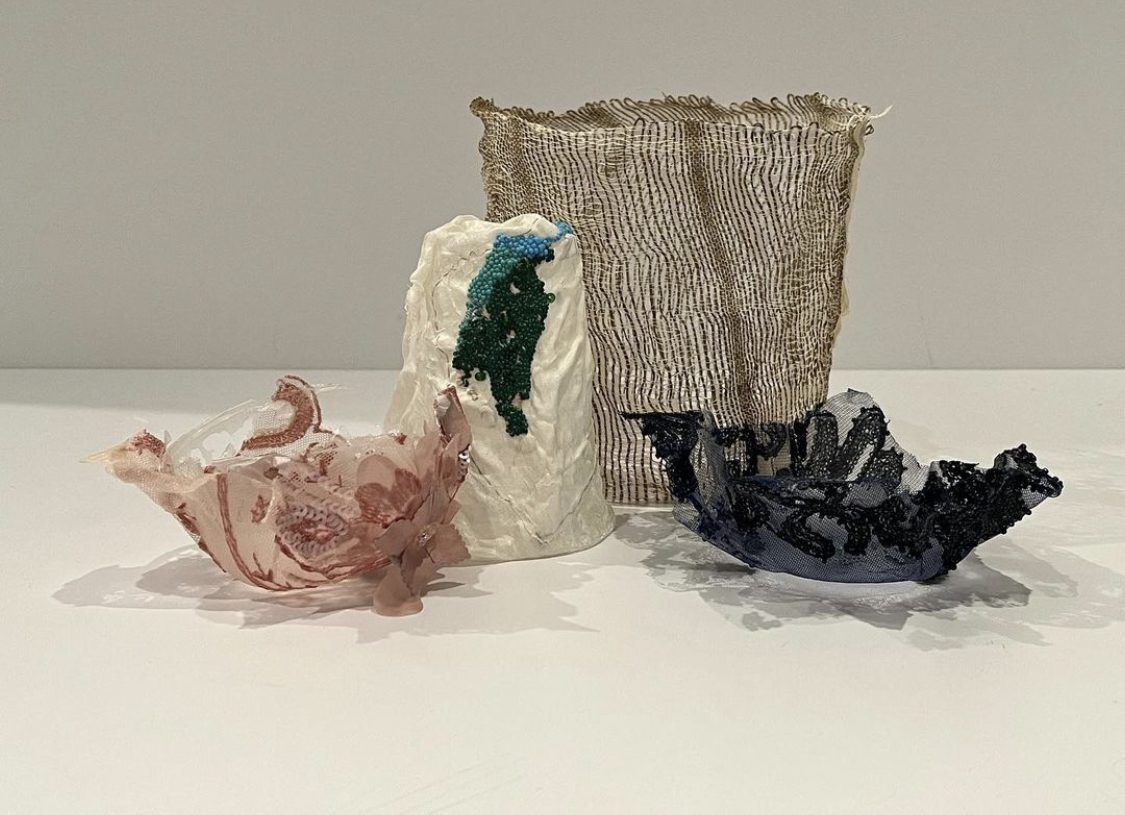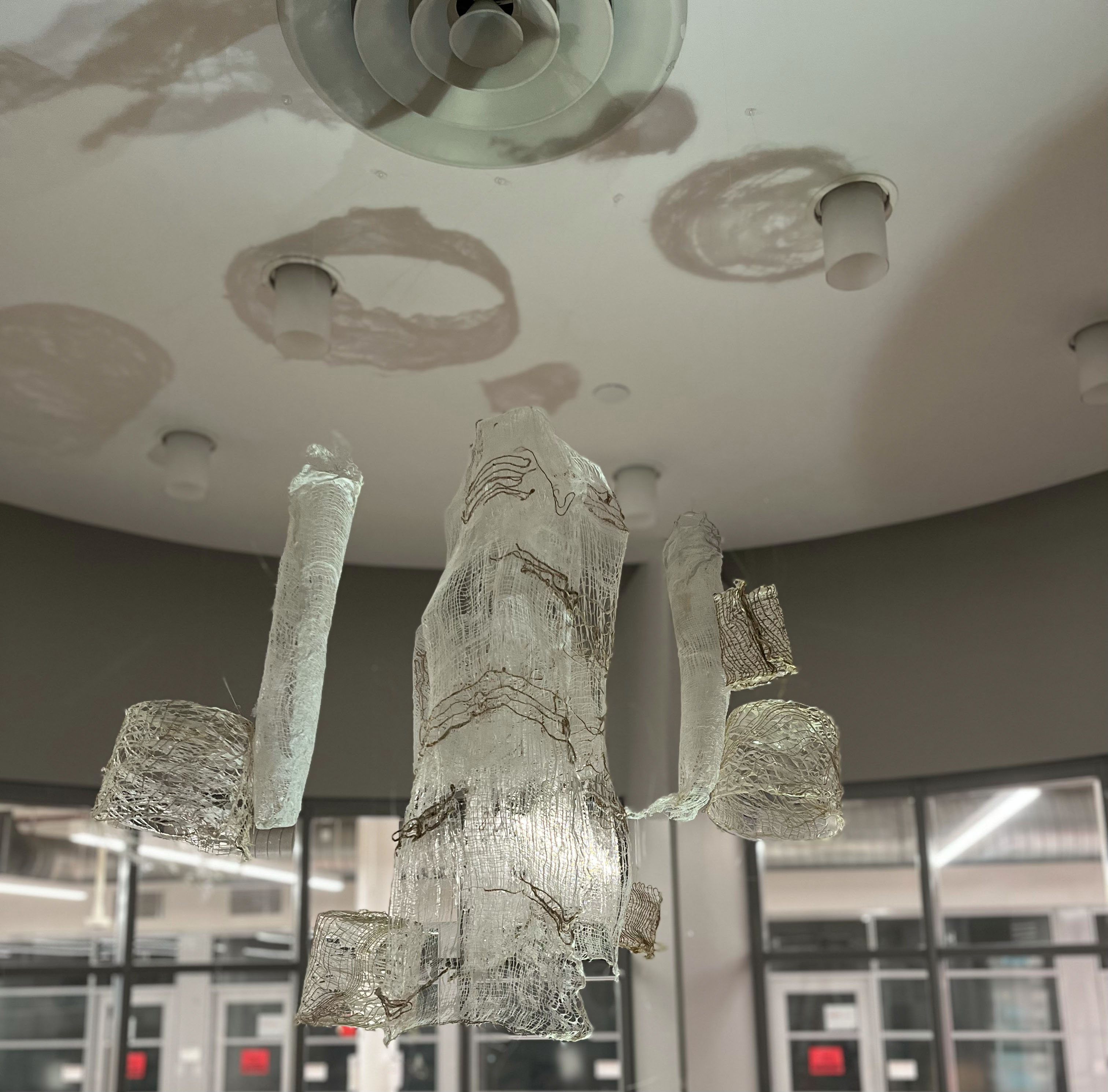Samsāra- Textile Sculptures
Category: Interior
Samsāra, the natural cycle encompassing creation, maintenance, and dissolution, is fundamental to the essence of all material existence. It represents the perpetual journey of death and rebirth, wherein the true self, often perceived as pure awareness, transcends the ephemeral nature of material forms. Within this cycle, the true self inhabits various material bodies across different species of life, including aquatic creatures, plants, insects, reptiles, birds, mammals, and humans. Despite the diverse manifestations, the essence of the true self remains eternal and distinct from the transient nature of the material world. To symbolize the essence of this cyclical journey, the textile industry employs four primary natural fibers: banana, cotton, linen, and silk. The first three fibers—banana, cotton, and linen—derive directly from the earth, cultivated from the soil. They symbolize the organic connection between human existence and the natural world, reflecting the inherent unity within the cycle of Samsāra. In contrast, silk, the fourth fiber, represents a unique facet of the life cycle. Derived from the silkworm, akin to the transformation of a caterpillar into a butterfly, silk embodies the transformative journey within Samsāra. It illustrates the potential for growth, change, and metamorphosis inherent in the cycle of life and death. Through the utilization of these natural fibers, the textile industry not only embodies the principles of sustainability and harmony with nature but also serves as a tangible expression of the eternal cycle of Samsāra, where creation, maintenance, and dissolution intertwine in a timeless dance of existence.



 Copy URL
Copy URL
 Login to Like
Login to Like 